Nature study is a very popular topic in homeschooling circles right now, especially thanks to those who follow a Charlotte Mason style of education. And while I think most everyone would agree that the idea of nature study is a great one, it often doesn’t work for some families for any number of reasons. These reasons might include:
- allergies that make going outside a substantial challenge
- physical limitations
- asthma
- living in a challenging environment that makes being outside for extended periods of time less than ideal
- just not being an outdoor person
So rather than skipping nature study or feeling badly that you aren’t doing something the “proper” Charlotte Mason way, let’s explore nature study ideas in a way that works for our unique families!
How can we do nature study when we are primarily indoor people?
Purpose of Doing Nature Study
First of all, it might be a good idea to remind ourselves of why we want to do nature study as indoor people. For our little family, the goals when Caroline was young were:
- Develop observations skills
- Be amazed at creation
- Develop a strong knowledge base about the natural world and how it works
- Grow as artists as we interact with nature
- Have fun!
Your family goals might be similar or different depending on the ages of your child/children. But identifying what we hope to accomplish with our nature study will also help us prioritize what we do. So with our goals in mind, here are some ways that indoor people can do nature study!
Observing the Weather
We are weather watchers! We notice cloud patterns and track storms systems online. We look for rainbows. We discuss the differences in all the varieties of snow. We have a small weather station and notice interesting changes in temperature. We have a weather field guide full of color pictures and one of my goals for next year is for Caroline to begin naming different kinds of clouds and what they tell us about the approaching weather.
Studying Space
We enjoy looking at the stars and are fortunate to live somewhere now where we can see many more of them! We notice the moon phases, the planets that are visible, and keep an eye out for sightings of the northern lights. David has taught Caroline many of the constellations.
In the future we hope to purchase a telescope and also take Caroline to the local observatory when there are some significant space events. She’s also eager to visit the planetarium. Again, not “nature” in the strictest sense, but it will give her a greater appreciation for what she does see outside her windows at home.
(Updated: We now have this combination and it’s great! It was a bit of an investment, but it is a wonderful way to explore space right from your own yard or driveway. It is a Reflector Telescope, Barlow Lens, and Moon Filter.)
Bird Feeding Station and Bird Bath
We thoroughly enjoy studying birds and have done this for years! This is our favorite nature study and we are always learning something new. We do this in a number of ways.
First, we feed them year round at our bird feeding station. We have four feeders on two poles set a ways back from the house. (It would be fun to have them closer to the house, but it makes such a mess that we opt for a bit of distance.)
We have three different kinds of feeders we fill with black oil sunflower and then an upside down thistle feeder specifically for goldfinches. We use three different kinds of feeders because different birds like to perch and eat differently. Sometimes we will switch up the seed with something different to see which birds respond most eagerly to the change.
We opt to feed the birds year round because there are some birds we only get in the spring and summer. For example, last summer we enjoyed four pairs of Rose Breasted Grosbeaks. They just arrived again a few days ago and will leave in the fall. If we didn’t feed in the summer, we would never get to see them. (See my post Let’s Learn About Rose Breasted Grosbeaks.)
When the Rose Breasted Grosbeaks leave, the Dark-eyed Juncos will return for the fall and winter. We also see so many birds migrating through each spring and fall. If we stopped feeding in the spring, we would miss all those birds. (Yes, the birds have become the equivalent of our pets!)
We have a birdbath just outside the front window of our home library. Because we’ve placed it in such a prominent position next to a large window, we see the birds coming and going all day. Through observing them for many years, we’ve learned a great deal about the behavior of different birds, how they interact with each other, etc. (For example, I can tell when an American Robin is done bathing and when he’s going to jump back in. I also know which common bird likes to take a “shower” in the bush or tree when the sprinkler is running!)
We’ve also learned to identify birds by their songs. For example, we usually hear the Baltimore Orioles return before we see them. Then we know it is time to put out the orange on the deck so they will come up and eat. In the same way, the Pileated Woodpeckers always announce their arrival when they come to eat in tall trees so I know to look for them.
If watching birds is new for you, you might consider keeping a birding notebook to record the different birds you see and when. You can also do drawings, learning about the different kinds of beaks and other characteristics of birds. You can keep track of different kinds of food and which birds prefer it.
Driving Back Roads
We like to take drives in the country. I’m a country girl at heart in many ways, but I have allergies so it’s truly mostly at heart. But I love to drive in the country and observe. There are many ways we do nature study from our car! Here are some ideas.
- Observe the same locations each month from the car. You can pull the car over and draw what you see. At the very least, draw the same view once each season. If you can do it once a month, that is even better.
- See how many trees you can learn to identify by the shape of the trunk and branches.
- Make a list of things you’d like to find and then cross them off on your drive.
- Simply pull over and draw when you find a pretty place. A field of flowers, a hill, a grove of trees, or a bunch of cows.
- If you drive in farm country or orchards, see how much you can learn to identify by sight – fruit trees, kinds of crops, etc.
- Make a list of all the different kinds of flowers you can find on a drive.
Watching Caterpillars Become Butterflies
Have you ever taken the time to watch caterpillars emerge as butterflies? We enjoyed doing this very much and found it a great experience.
If you want to observe something interesting in the plant world, you can try African violets. They aren’t very expensive and come in a huge variety of colors, flower shapes, and leaf shapes. For ten dollars you could buy four or five different plants and observe them.
- Where do they grow best?
- Which kind grows the fastest?
- What happens if you take one of the leaves and put it in the soil?
Visit Indoor Nature Centers
Lastly, there are many indoor places that provide opportunities to learn about the outdoors with extensive displays of plants, animals, insects, rocks, and other parts of nature. These include:
- nature centers
- museums
- botanical gardens
- taxidermists
- large sporting goods stores
They offer lots of opportunities for indoor people to interact with nature in a positive way.
I hope this post has given you food for thought regarding how you can incorporate nature study into your family life, even if you aren’t big outdoor people. For more science related ideas, please check out my science learning printables which include themes such as:
- Arctic & Antarctic
- Birds
- Flowers, Plants, & Gardens
- Butterflies, Insects, & Bugs
- Penguins
- Reptiles & Amphibians
- Rocks & Minerals
- Astronomy
- Trees
- Weather
Have fun with your science studies!

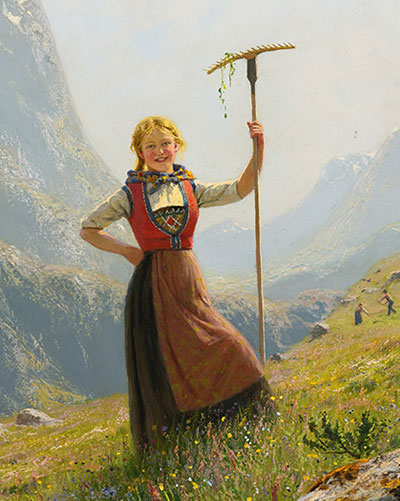

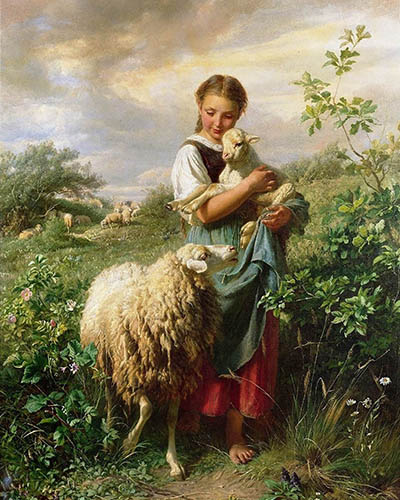
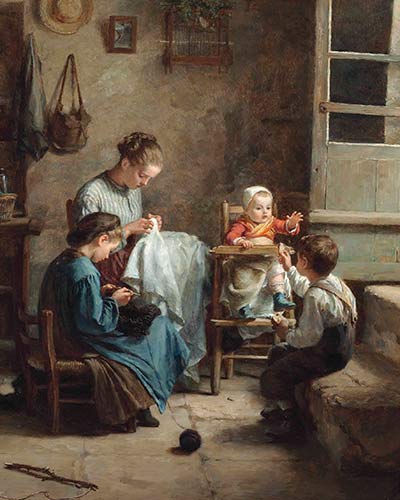
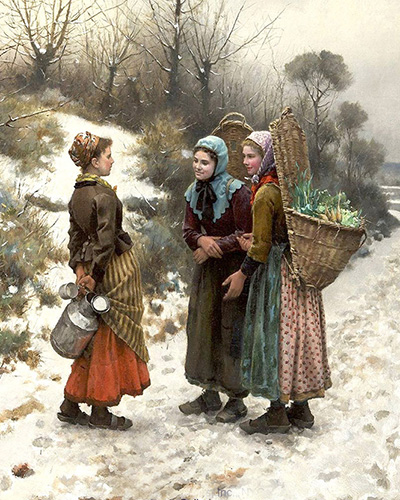

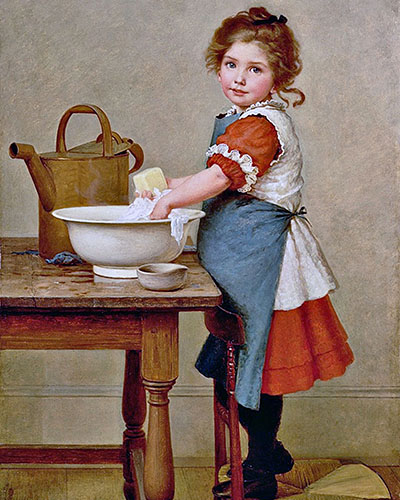

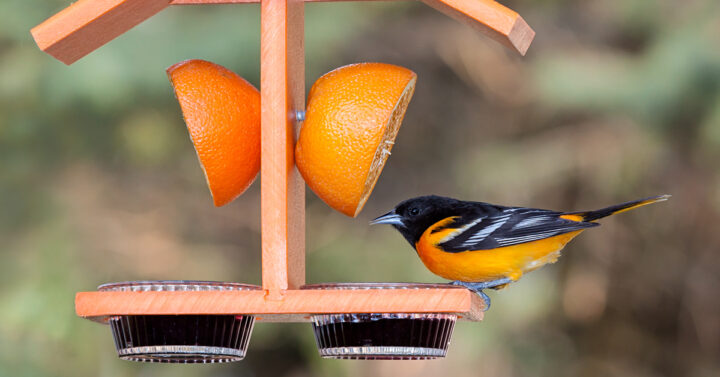





 How Visual-Spatial Children Learn To Read (Hint: It’s Not Phonics!)
How Visual-Spatial Children Learn To Read (Hint: It’s Not Phonics!)
Our family is outside a lot, but there are seasons when we just can’t get out as much as we like. These are great ideas! Thank you for opening my mind to another perspective. We’ve learned a lot about nature from books, TV shows, and videos.
One thing you might be able to do is citizen science projects, where you help with real science. Just today we did one called YardMap, where we mapped our yard on their website. It’s all done on the computer, and you don’t have to go out, but they will give you tips and pointers on making your yard more bird-friendly. There are many other citizen science projects.
My daughter is not an outdoor kinda’ person so she has had to learn round about ways of getting in their CM nature studies. The early years were not easy, especially with her allergies!
It has now become easier as most of her kids are now sold enough to just stay within her line of sight.. But she lives in a part of the country that has quite a few places they can go for simple activities such as Old Sturbridge Village.
Christopher and I spent hour upon hour of outside activities in nice weather. Fortunately, he didn’t acquire such bad allergies until high school!
Ummm… none of her children have been sold. That should be “old” enough. 😉
We love to observe the birds. They are always entertaining. We have many books concerning the subject of birds.
Thank you for all this information.
Marilyn